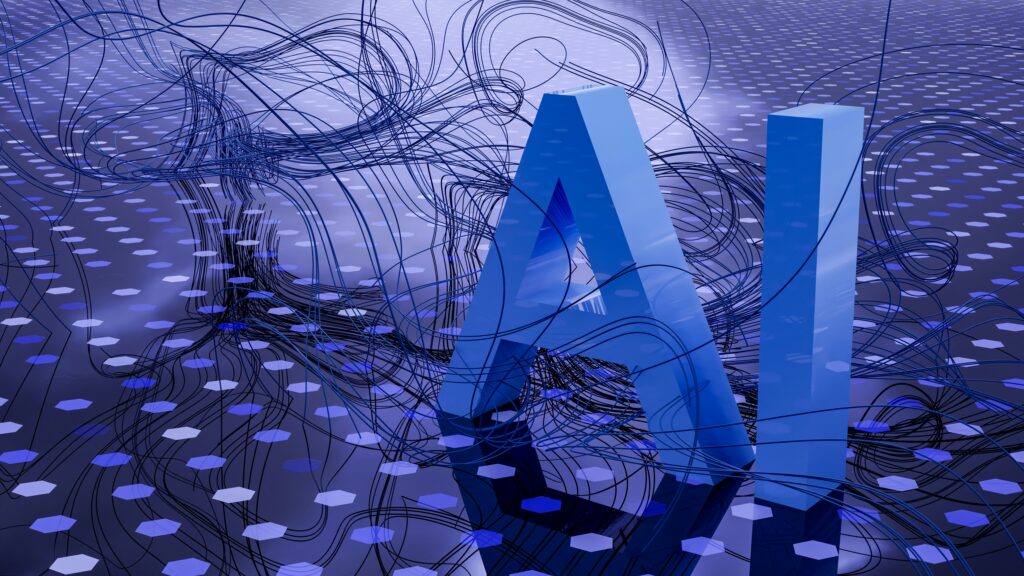In the realm of fine chocolate marketing, a controversial trend has emerged, leaving a bitter aftertaste for those attuned to the intersection of art and fine chocolate. Recently, I’ve observed a growing number of actors in the fine chocolate industry embracing AI art as a promotional tool, blurring the lines between innovation and ethical considerations. This unexpected collision of worlds prompts me to share my reflections on the matter.

My AI Journey
My journey into the world of artificial intelligence and data science was halted last year when I shifted gears from pursuing a Master’s in Data Science to obtaining advanced certifications in Scrum. Despite the detour, I have completed Thinkful’s Data Science Bootcamp, attended Google IO, and worked as a data analyst. I believe my understanding of Machine Learning and AI has allowed me to critically assess the ethical implications surrounding the use of AI art in chocolate marketing.
The Current Landscape of AI Art Generators
The current landscape of AI art generators raises ethical concerns that cannot be ignored. These tools operate by scraping hundreds of thousands, even millions, of images online, often without the consent of the original creators. Many of these artworks are copyrighted, and many artists are pursuing copyright infringement lawsuits against these creators. Employing computer vision, the AI processes these images and uses a deep neural network to extract patterns and features from the stolen artworks. When given specific input or parameters, the AI generates new images that mirror the learned styles from the art.
Ethical Dilemmas and Exploitation
What intensifies the ethical dilemma is the use of a tool that exploits small artists to promote businesses in an industry that often condemns exploitation, such as child and slave labor. This stark contradiction raises questions about the moral compass of those employing AI art in fine chocolate marketing or projects. Is it ethical to use a tool derived from stolen artworks to enhance the visual appeal of products while vocalizing concerns about social injustices?

Reflections
The unsettling nature of this contrast compels a deeper examination of the ethical implications. How can the fine chocolate industry reconcile its use of AI art with its purported commitment to ethical practices? As consumers and enthusiasts of both art and chocolate, it is essential to reflect on these questions and engage in a dialogue that addresses the ethical considerations surrounding AI art in the promotion of fine chocolate.
I want to emphasize that my stance is not against AI and Machine Learning in their entirety. They are integral facets of our daily lives, offering invaluable insights and capabilities. However, like many things, there are proper and improper ways to utilize these technologies. The case of AI art in fine chocolate marketing, in particular, raises ethical questions. While AI presents boundless opportunities for innovation, it’s imperative to recognize the ethical implications of its use.
Strategies for Ethical Reconciliation of AI Art in Chocolate Marketing
In my opinion, achieving reconciliation in the usage of AI art necessitates several key actions. Firstly, ethical sourcing practices must be upheld. Artists should have the autonomy to choose whether their art can be utilized to train AI generators, ensuring consent and respect for their intellectual property rights. Moreover, artists whose creations are employed for these generators should receive fair compensation, acknowledging their contributions.
Secondly, regulatory frameworks must be established to ensure oversight and compliance with ethical standards. Enforcing laws and mechanisms for regulatory oversight can guarantee adherence to ethical guidelines, fostering accountability and integrity in AI art usage.
Additionally, implementing clear disclaimers to ensure transparency about the origins of AI-generated art is essential. These disclaimers can provide consumers and stakeholders with crucial information about the use of AI technology in the creation of artworks, promoting informed decision-making and ethical awareness. Through these concerted efforts, the ethical complexities surrounding AI art can be addressed, promoting fairness and transparency for all stakeholders involved.
Shaping the Ethical Landscape for AI Art in Chocolate Marketing
The use of AI art in fine chocolate marketing initiates a thought-provoking conversation about the ethical responsibilities at the intersection of technology, art, and fine chocolate. The question remains: Can we savor the sweetness of fine chocolate marketing while addressing the bitter ethical concerns associated with the means used to enhance their visual allure? The discourse is open, and the fine chocolate aficionados’ perspectives will undoubtedly shape the ethical landscape of this evolving intersection.
For those seeking to deepen their understanding of chocolate and the intricacies of the fine chocolate industry, I invite you to explore my comprehensive Chocolate 101 series.
